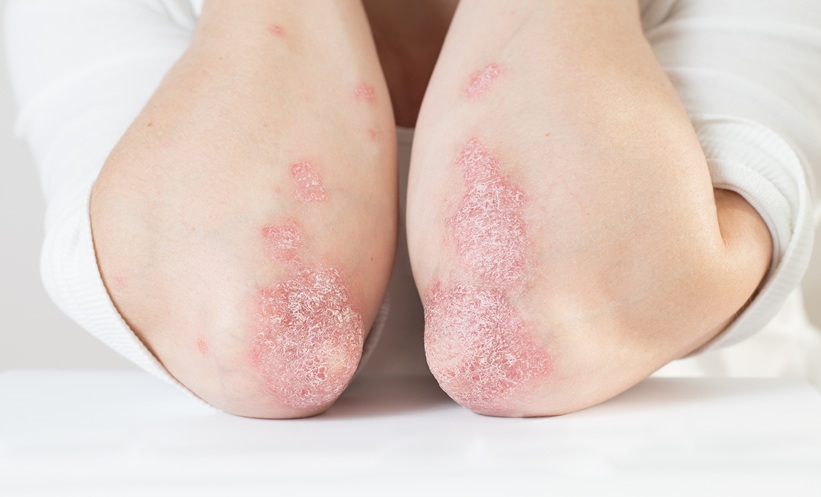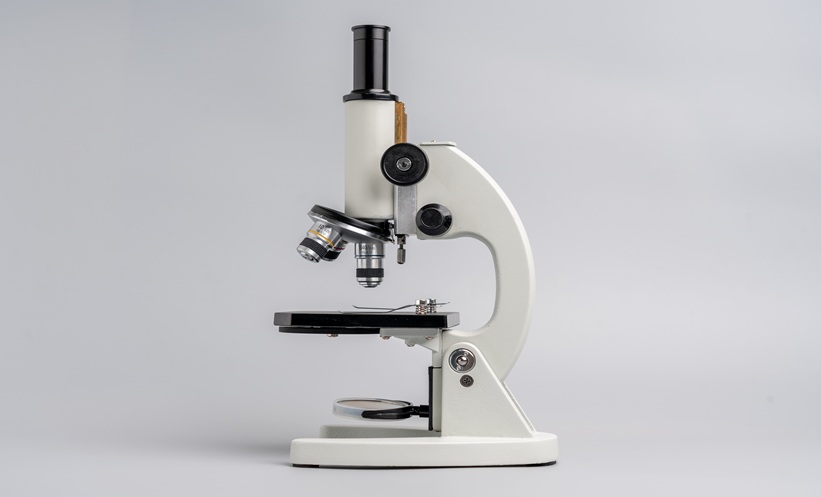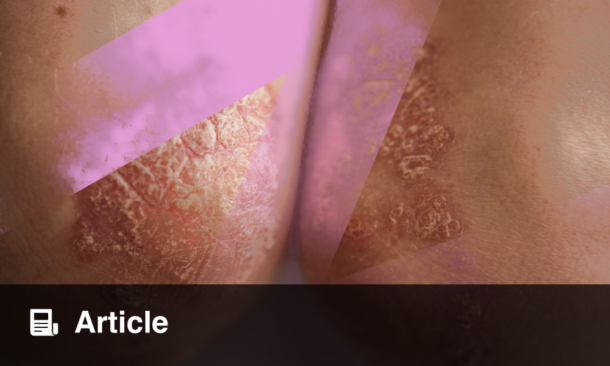CENTRAL centrifugal cicatricial alopecia (CCCA) is the most common primary form of scarring alopecia, affecting approximately 2%–5% of women of African ancestry. Emerging research suggests that changes in scalp bacteria may contribute to this condition.
A recent study examined the scalp microbiome in Black women diagnosed with CCCA, compared with matched healthy individuals. Participants were recruited from the Washington, DC, metropolitan region and provided written informed consent. The study followed approved research protocols to ensure reliability and ethical considerations.
CCCA diagnosis was confirmed through biopsy and clinical examination, with the degree of hair loss assessed using a visual scale. To analyse the microbiome, skin swabbing was conducted at multiple sites on the scalp and body, including the vertex, occiput, volar forearm, and inguinal crease. Participants adhered to specific skin preparation guidelines, avoiding topical products, haircuts, shaving, bathing, and antibiotics before sampling to maintain consistency in results.
Comprehensive medical, medication, family history, and hair care practices were documented to assess their influence on the microbiome. Swabs underwent DNA extraction, sequencing, and taxonomic classification to identify microbial differences between groups. The study aimed to understand whether certain bacterial populations were more prevalent in individuals with CCCA and how these microbial shifts might contribute to the condition’s progression.
These findings contribute to growing evidence on the role of the scalp microbiome in CCCA. Understanding these microbial variations may lead to improved prevention strategies and targeted treatments, potentially guiding future therapeutic approaches for those affected by this form of alopecia.
Reference
Firek A et al. Exploring the skin microbiome in central centrifugal cicatricial alopecia. JAMA Dermatol. 2025;DOI:10.1001/jamadermatol.2024.5421.








